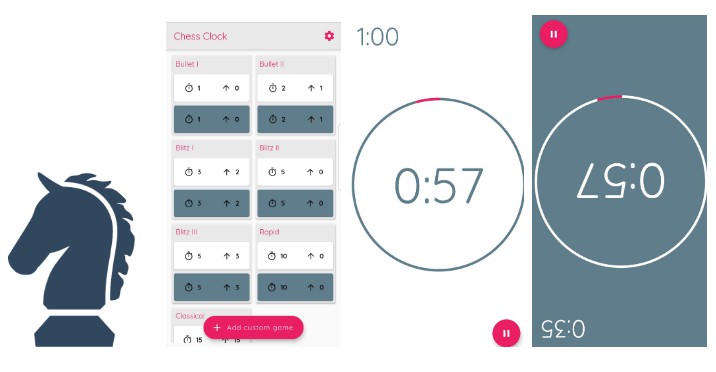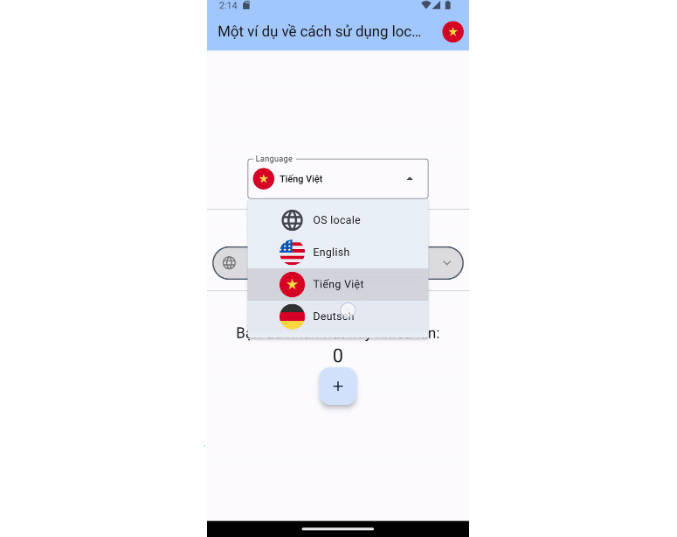flappy_translator
A Flutter internationalized strings generator. The idea is to automate the static Strings generation from a CSV file. This way, anybody could make a CSV file with all the translations and automatically generate corresponding Dart code.
Getting Started
In order to use the flappy_translator package, you will have to provide your translatinos in a CSV file (formatted with comma separator).
Create a CSV and export it in "comma separated" format
Here is our CSV example :

exported file myFile.csv
keys,fr,en,es
appTitle,Ma super application,My awesome application,Mi gran application
subtitle,Un sous titre,A subtitle,Un subtitulò
description,Un texte avec une variable : %1$s,A text with a variable : %1$s,Un texto con una variable : %1$s
littleTest,"Voici, pour l'exemple, ""un test"" avec la variable %age$d","Here is, for the example, ""a test"" with variable %age$d","Aqui esta, por ejemplo, ""una prueba"" con la variable %age$d"
Add dependency
dependencies:
flutter_localizations:
sdk: flutter
dev_dependencies:
flappy_translator:
Run package
flutter pub get
flutter pub run flappy_translator test.csv path/to/destination
Use the i18n generated file
The package used your CV file in order to generate a file named i18n.dart in path/to/destination you provided.
Once you have this file in your project, all you have to do is :
- Add the I18nDelegate to your delegates
class MyApp extends StatelessWidget {
@override
Widget build(BuildContext context) {
return MaterialApp(
localizationsDelegates: [
const I18nDelegate(),
GlobalMaterialLocalizations.delegate,
GlobalWidgetsLocalizations.delegate,
],
supportedLocales: [
const Locale('en', ''),
const Locale('fr', ''),
const Locale('es', ''),
],
home: Home(),
);
}
}
- Use your generated I18n class ! :)
class Home extends StatelessWidget {
@override
Widget build(BuildContext context) {
return Scaffold(
body: SafeArea(
child: Center(
child: Column(
children: <Widget>[
Text(I18n.of(context).appTitle),
Text(I18n.of(context).description(var1: 2)),
Text(I18n.of(context).littleTest(age: 32)),
],
),
),
),
);
}
}
Rules and functionnalities
Default language
The first language's column of your CSV file will be considered as the defaultone.
That means :
-
If other languages does not have translation for specific words, it will take the corrresponding one in the default language.
-
The first column must be totally filled ! It will not work otherwise.
Add variables in Strings
We added the possibility to handle variables in the Strings.
This means respecting some rules :
- In order to be able to recognize them, you must write them this way :
- %myVariable$d (
dstands for an int type) - %myVariable$s (
sstands for a String type)
- if your variable's name start with a number, the generated name will be
varmyVariable
Otherwise, the generated variable name would be the name you provided.
%1$dbecomesvar1%age$dbecomesage
- Variables are optional in the generated dart code
Let's take the example of the description String in the CSV we used.
The generated function signature will be :
String description({String var1,})
If the variables are not provided, the String will be given without replacing the variables placeholders.





